6. Annihilation
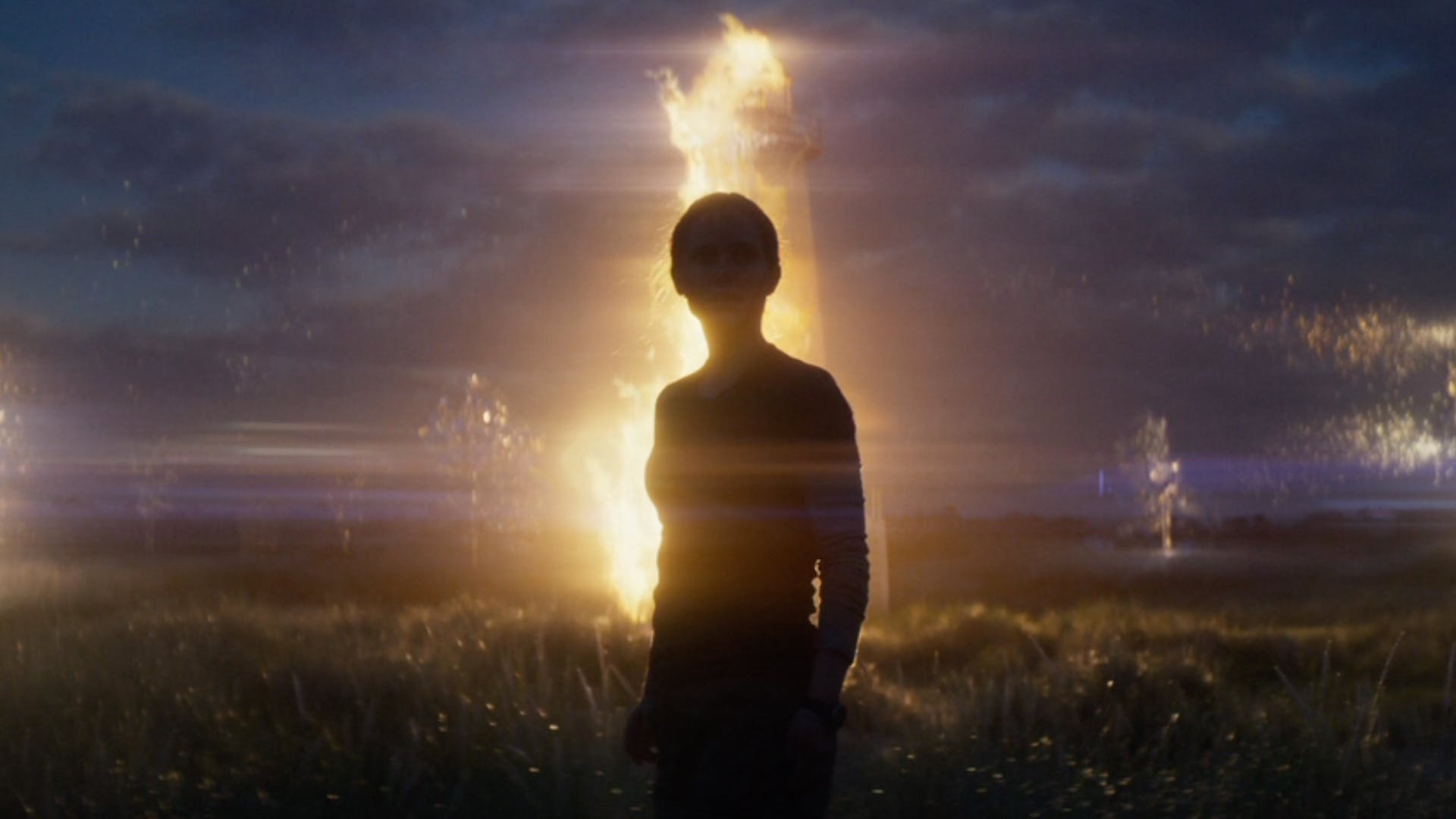
Annihilation’s (the much anticipated second film from Alex Garland, director of Ex Machina) presence on Netflix is both a blessing and curse. The deal with Netflix was struck after the original studio demanded Garland make cuts to the film he did not want to make. So we are still treated to the vision the director wanted but denied seeing one of the most original and unique films of recent years on the format it deserves.
Annihilation, adapted from the novel by Jeff Vandermeer, belongs to a bizarre genre best described as The Weird: a mix of science fiction, fantasy and horror (as well as surrealism) with the intention of cutting through what we would perceive as reality to reveal truths hidden underneath, is just one of the many definitions you could apply to this fickle genre.
Garland’s movie has the right to claim it is the first cinematic adaptation from this genre and it definitely delivered. Five scientists are tasked with finding out what happened to a previous group who explored an alien phenomenon on earth known as the shimmer. Essentially an area of land hit by a meteor that is now displaying strange and advanced forms of evolution.
It can be argued that the impact of classic sci-fi films like 2001 or Alien would not be nearly as big if they hadn’t debuted on the big screen. As one of the few films belonging to this genre the unique imagery we see of humans turned to plants, of bears formed from different carcases, of human organs coming to life, could have set a new precedent for movie making. But not only does Annihilation have a unique design, it is asking questions, big fundamental questions about humanity, not unlike classic war cinema, but in a way that has not been seen before.
Annihilation deserved to be (and could still prove to be) a game changer: what you see on screen is not for cheap effect or even to show off it is all integral to this multi-layered and highly complex terrifying and yet bizarrely beautiful film.
7. Ran
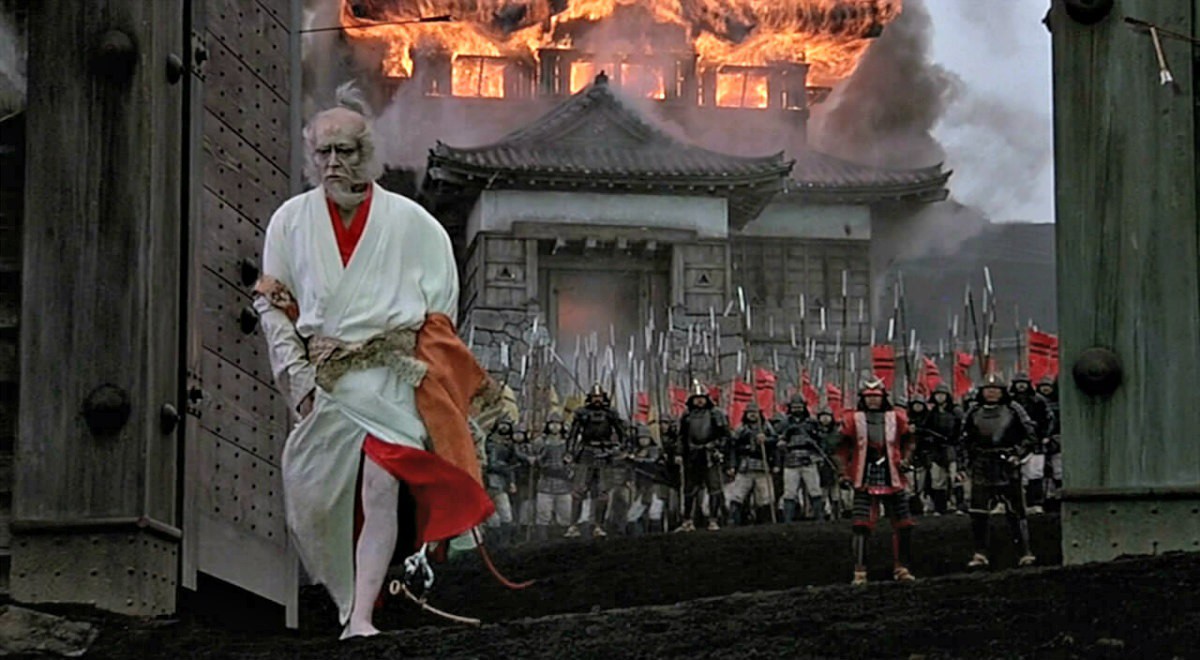
Many of Akira Kurosawa’s films could have made this list. Kurosawa’s framing and staging could be argued to have changed the way films were made and stories were told. Ran demonstrates some of Kurosawa’s best work as well as turning the volume up to epic.
The follows, in part, Shakespeare’s King Lear transported to feudal Japan. An old warlord, concerned with passing on his legacy, watches as his three sons tear his life’s work apart in a battle for power. Equal parts a small film and a large film; the epic battles reflecting the warlord’s disintegrating mental state.
Kurosawa’s genius is the way he creates space and shape between his on-screen subjects. Watch any Kurosawa film and you will be blown away by how much you can learn about tension and relationships form the geometry of the scene.
In Ran Kurosawa uses his expertise in staging to create similar effects whether he’s directing three people in one room or three armies on a battlefield. Films like The Lord of The Rings and even Marvel movies owe a huge debt to Kurosawa; he was a director who got you invested in character on a personal level even while they were surrounded by almost impossibly big stakes.
Kurosawa was reportedly working on the storyboards for this film for over ten years. Each one was hand painted to make the shots look like individual works of art. Costumes and armour were designed by Kurosawa himself and, given it was made before CGI; thousands of extras were used to populate the battlefields.
It’s simply not often that you see filmmaking like this anymore (by no means a bad thing) but it is the authenticity of Ran amid its grand scale and fantastic storytelling that gives it its edge.
8. The Red Shoes
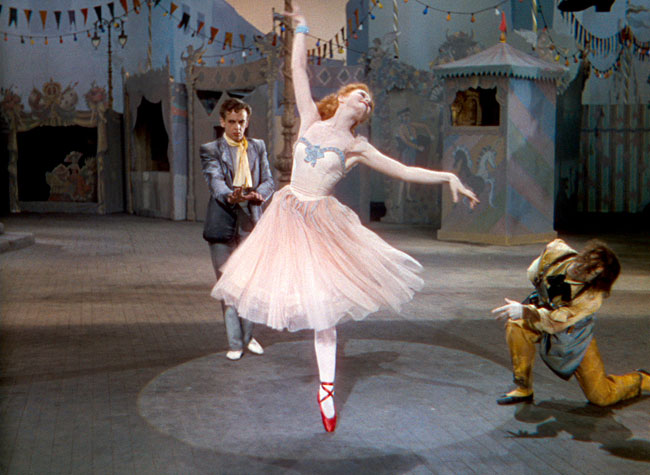
Considered to be the masterpiece of legendary British filmmakers, Michael Powell and Emeric Pressburger, The Red Shoes is also often cited by many successful film directors (including Martin Scorsese) as one of their all time favourite films. Telling the story of a Ballerina who becomes the premier dancer in a prestigious dance company for their production of Hans Christian Anderson’s The Red Shoes.
Lead by Moira Shearer as the dancer, The Red Shoes is an incredible story of conflicting desire while reality blends into fantasy. Seeing this, now highly celebrated film, on the big screen would not only be a cinematic treat but also a historical one as the film was considered dead on arrival when it was first released.
The film is known for it’s lavish sets and production design. Hein Heckroth, the production designer, was the first traditional painter to be hired to work on a movie. Heckroth made over 100 original paintings for the dance sequences and contributed his art for storyboards. It was this work which in part lead to the film running over budget and for the film’s producers to surreptitiously pull the plug on it, believing it didn’t have any commercial appeal either.
Playing only to limited audiences in the UK and not given a full release in the US, the film may have slipped into obscurity were it not for an off-broadway cinema that screened it (by popular demand) for a record-breaking 110 weeks.
Audiences were entranced by the film’s incredible use of Technicolor. All the colours are so bright and clear and used so perfectly as to create an almost magical effect. The red shoes themselves, in the original fairy-tale, cause the dancer to dance indefinitely. In the film the red shoes stand out so clearly even ad mist all the background art that they seem to take on a life of their own, especially as the dance reaches to it’s deadly crescendo.
The film has stood the testament of time and is an interesting example of studio heads not fully understanding what they’re seeing; emotional responses generated from cinematic techniques of colour, sound and image, rather than from story alone.
9. The Villainess
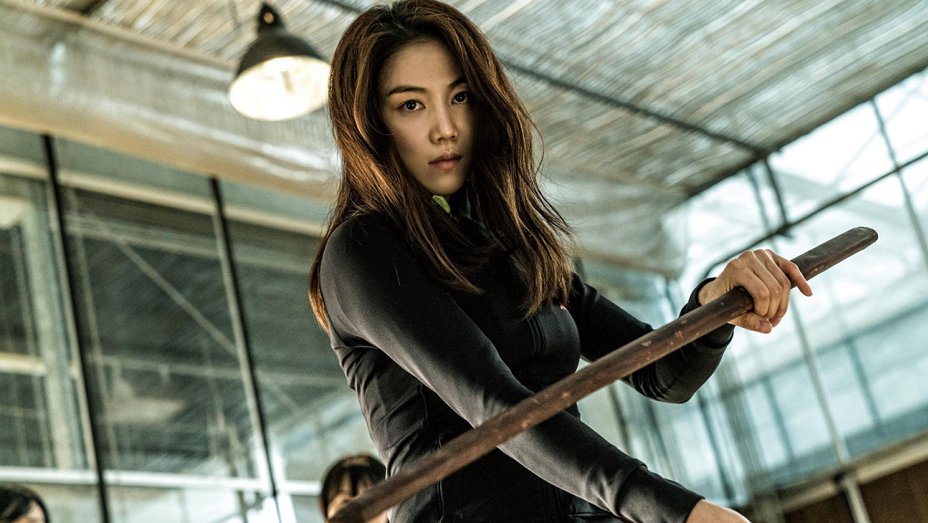
Films like the John Wick series are praised for their amazing use of action. Action that is not only varied and interesting but more importantly looks real. The filmmakers have often paid tribute to the days of silent cinema when there was incredible joy in seeing a stunt or action performed for real. The Villainess, released in 2017 and recipient of a 5 minute standing ovation at Cannes, takes this concept and truly runs with it.
Following a female assassin in South Korea as she kills her way to freedom, what it lacks in plot director Byung-gil Jung more than makes up for in action. Opening with an incredible sequence where our Villainess breaks into a building, gunning and stabbing her way through enemies, that’s filmed entirely in POV. Films like Hardcore Henry have tried this technique to revitalise the action genre before, but The Villainess doesn’t not tie itself to just this one technique.
It becomes clear that there are no set rules for this action film; the camera stays in POV right up to the point our heroes face is smashed into a mirror and then it pulls out to take in both her and her wider surroundings.
The camera jumping from different perspectives (often within the same shot) means that the director can put the audience in the best position to most effectively feel the action; rushing alongside a motorbike to see a highway chase, then cutting back to POV to feel the impact of a smashing window or a swinging axe.
The camera behaves impossibly but the action is entirely real, even if at times it looks like it couldn’t possibly be. Fight sequences on motorbikes with swords, on the top of moving cars with axes, each choreographed with as much detail as a musical but remaining just within the realms of the possible. It is a true cinematic rush of a movie.
10. Lawrence of Arabia
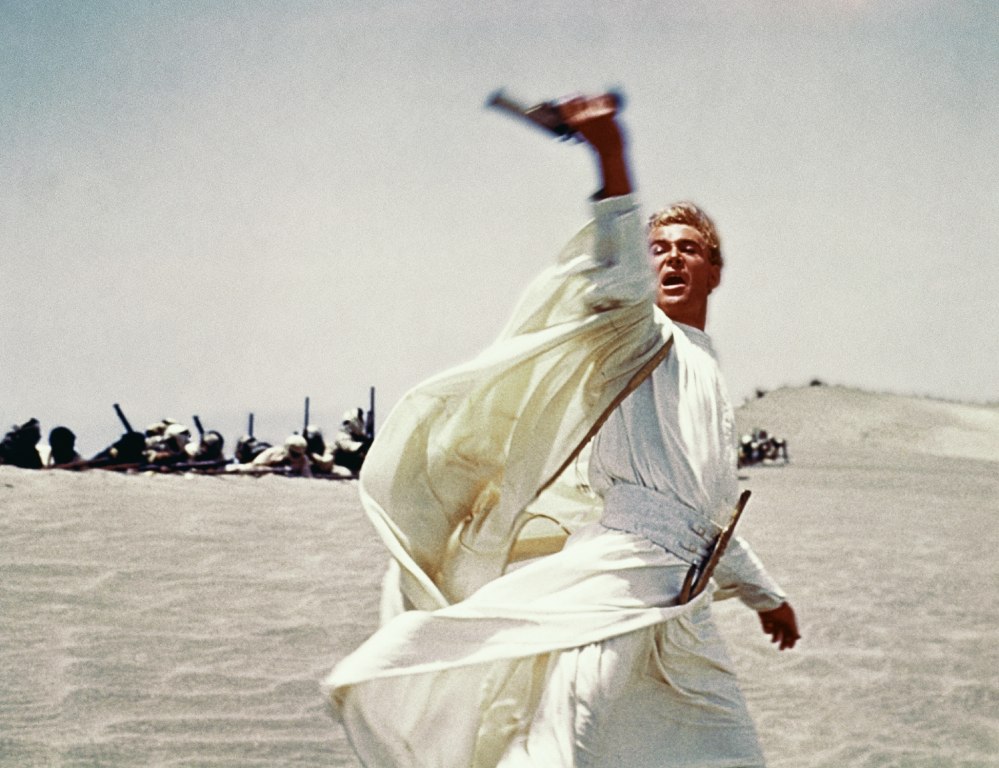
A true cinematic masterpiece and the archetypal movie epic. It is a cliché but films like this are not often made any more. At nearly four hours long, spanning war, history and politics Lawrence of Arabia delivers a little more than the average biopic these days.
Perhaps the most impressive thing about the film is that the making of it is just as epic a journey as the film’s subject. Cast and crew actually filming in the desert on location, in extreme heat and unforgiving conditions. In fact it was so close to the original Lawrence’s experience they actually found the soldier’s old battlegrounds still preserved by the heat and the sun.
Almost every shot in in Lawrence of Arabia, not least the long, almost mystical shot, of Omar Sherif emerging out of nowhere in the middle of the desert. Director David Lean perfected an editing technique of cutting on action or sound so that no pace was lost when jumping from scene to scene. For a movie about World War One it influenced a lot very varied films including Star Wars.
It is strange watching it now because it holds an almost mythic status but it is just as accessible and enjoyable now as it was when it first came out. Included on this list as the prime example of the best movie to see in a darkened cinema on the biggest screen possible.
It has a monumental running time but this is not just a film about one man, watching Lawrence of Arabia is like having a whole world presented in front of you. One of the few films that deserve it’s extended running time and so full of detail it will keep you mesmerised from beginning to end.